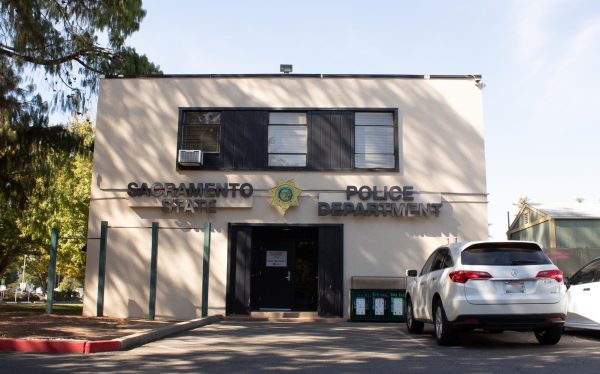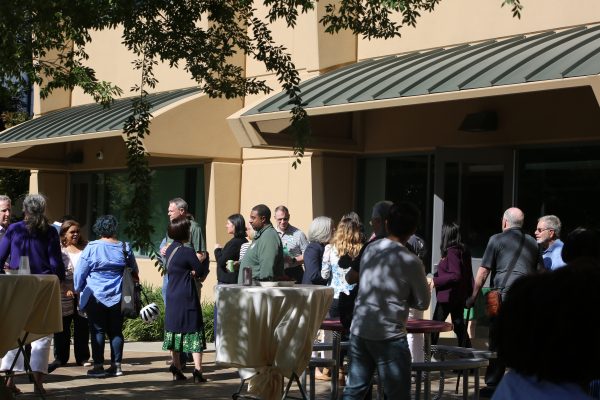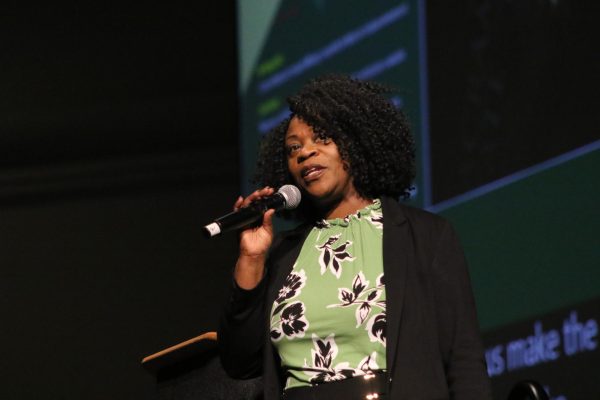Students, teachers view Mercury transit
March 2, 2007
People got a chance to see a rare site of Mercury Wednesday, Nov. 8 on the fourth floor patio of Amador Hall.
Jason Ibarra, an assistant professor for the Physics and Astronomy Department, said this transit of Mercury occurs when Mercury passes between the Earth and the sun and Mercury is silhouetted against the sun as seen from Earth.
“The transit is an opportunity for people to see with their own eyes,” Ibarra said. “Mercury moving in its own orbit and that Mercury is much smaller than the Sun.”
Ibarra also said this view of Mercury used to help people to judge the distance between the Earth and the Sun.
People could see two spots: the one blob is a sunspot, and the other smaller blob is Mercury, said assistant professor Chris Taylor.
Mercury was moving across the sun from 3:15 p.m. to 8 p.m. EST. According to Space.com, California was able to watch the entire transit while the rest of the country was only able to see it at sunset. Europe, Africa and Western Asia were unable to see the transit. Australia and Eastern Asia were able to view Mercury’s journey at sunrise.
“I did come to get this beautiful view of Mercury, but I also came because I can get some extra credit for a class,” said Harkeerat Torr, an undeclared sophomore.
Additional reporting by Jamie Gonzales
Philip Malan can be reached at [email protected] Sites
* Space.comNote: Pages will open in a new browser window.
External pages are not endorsed by State Hornet Online.


































































































































